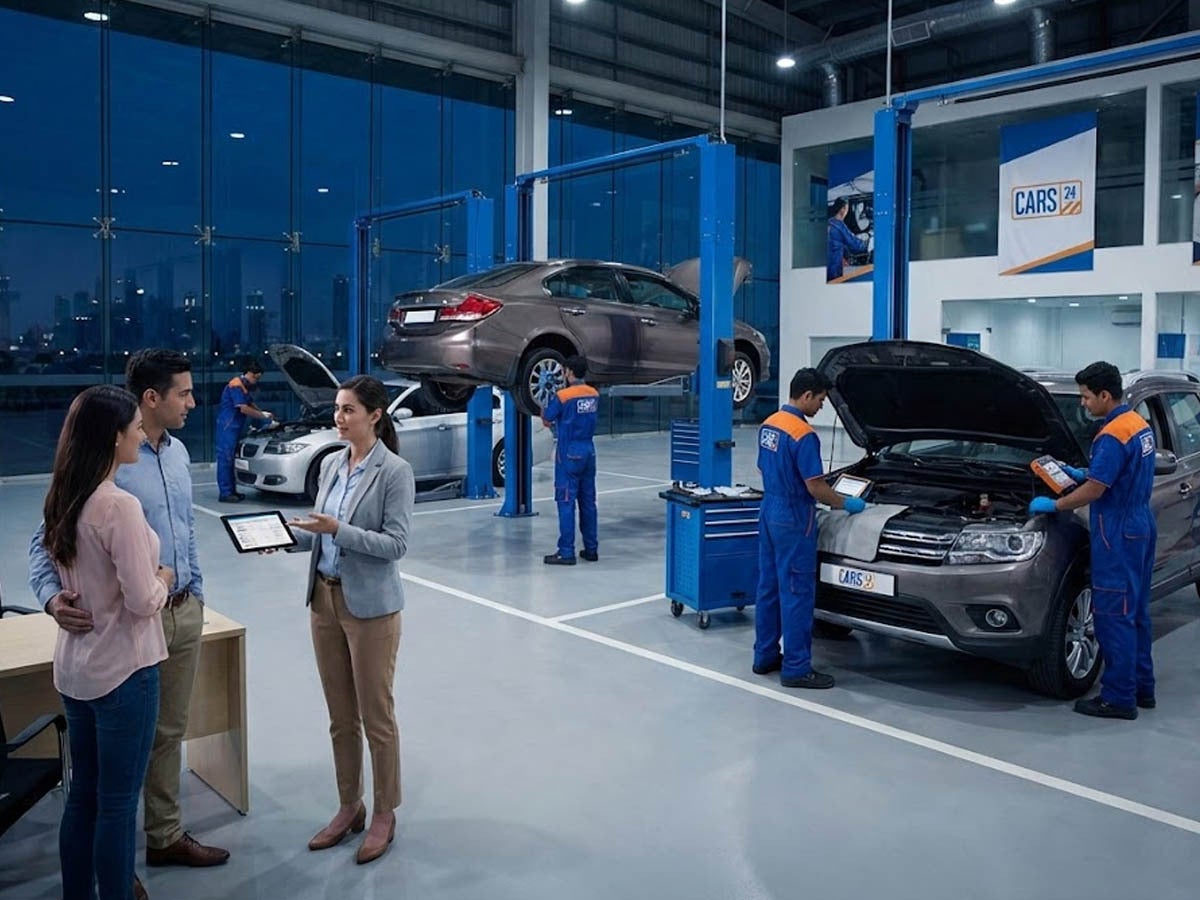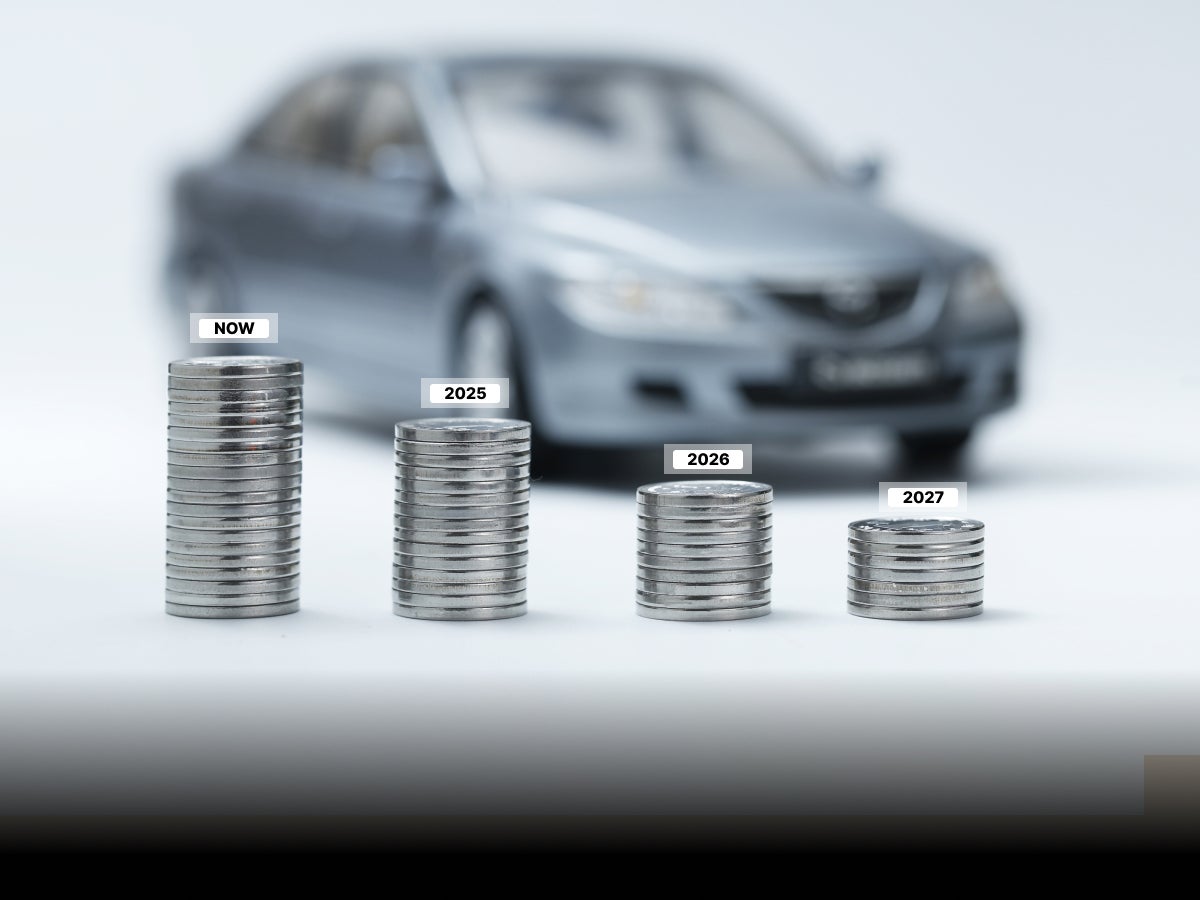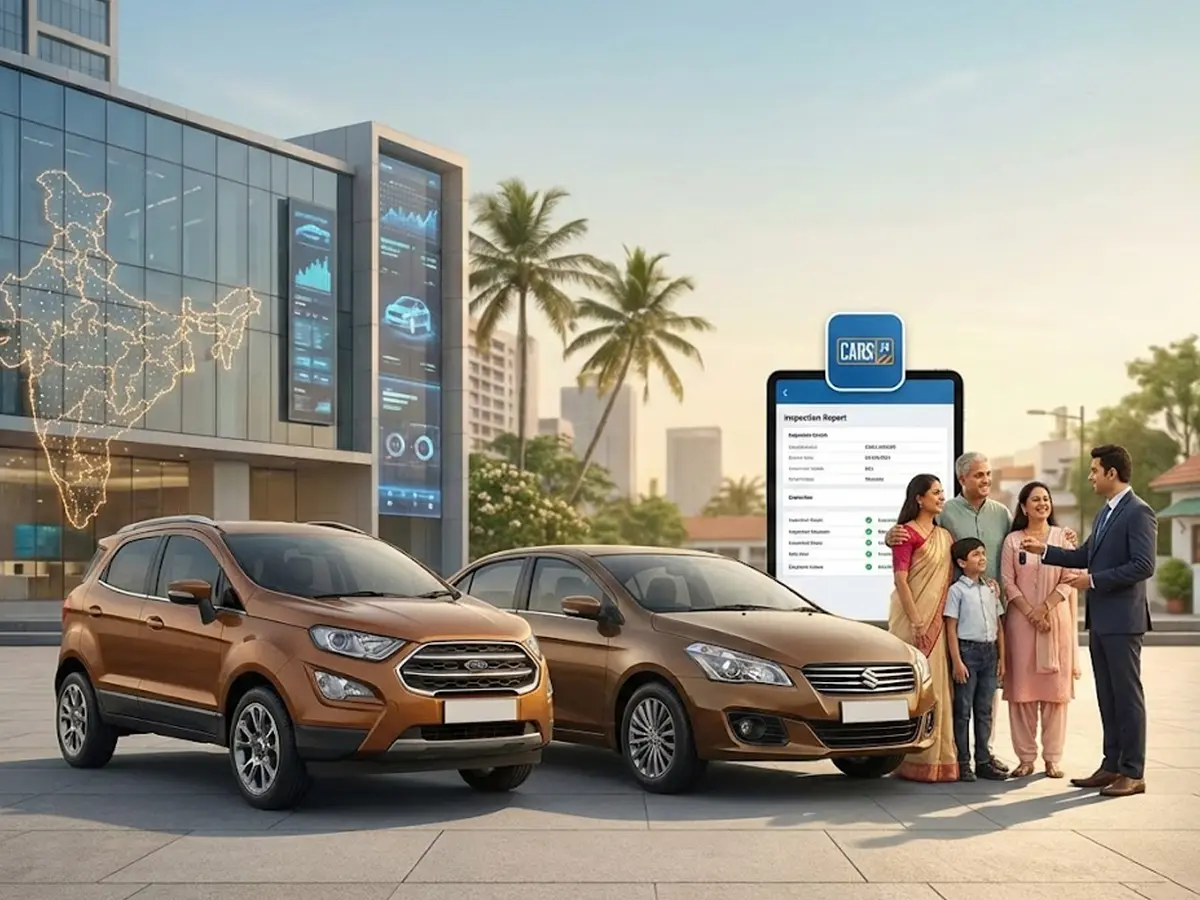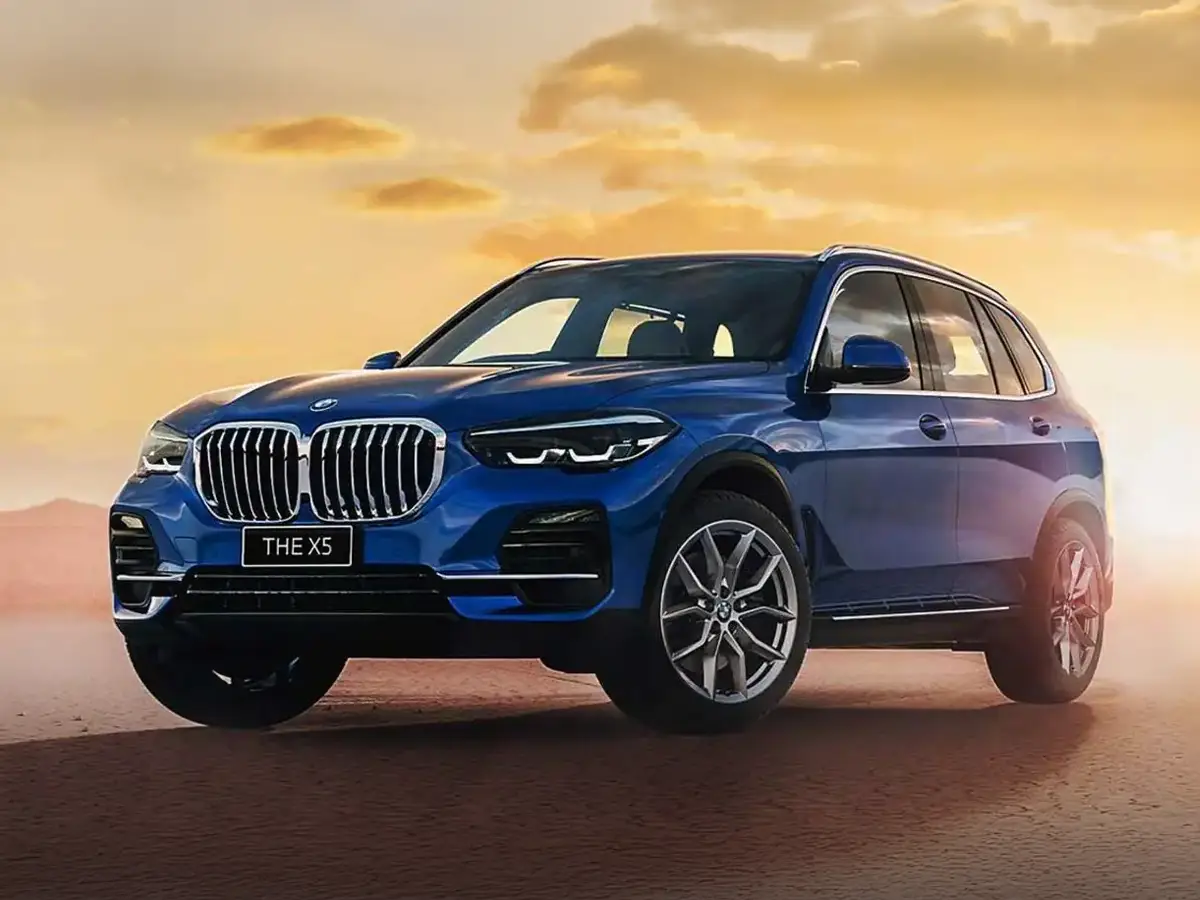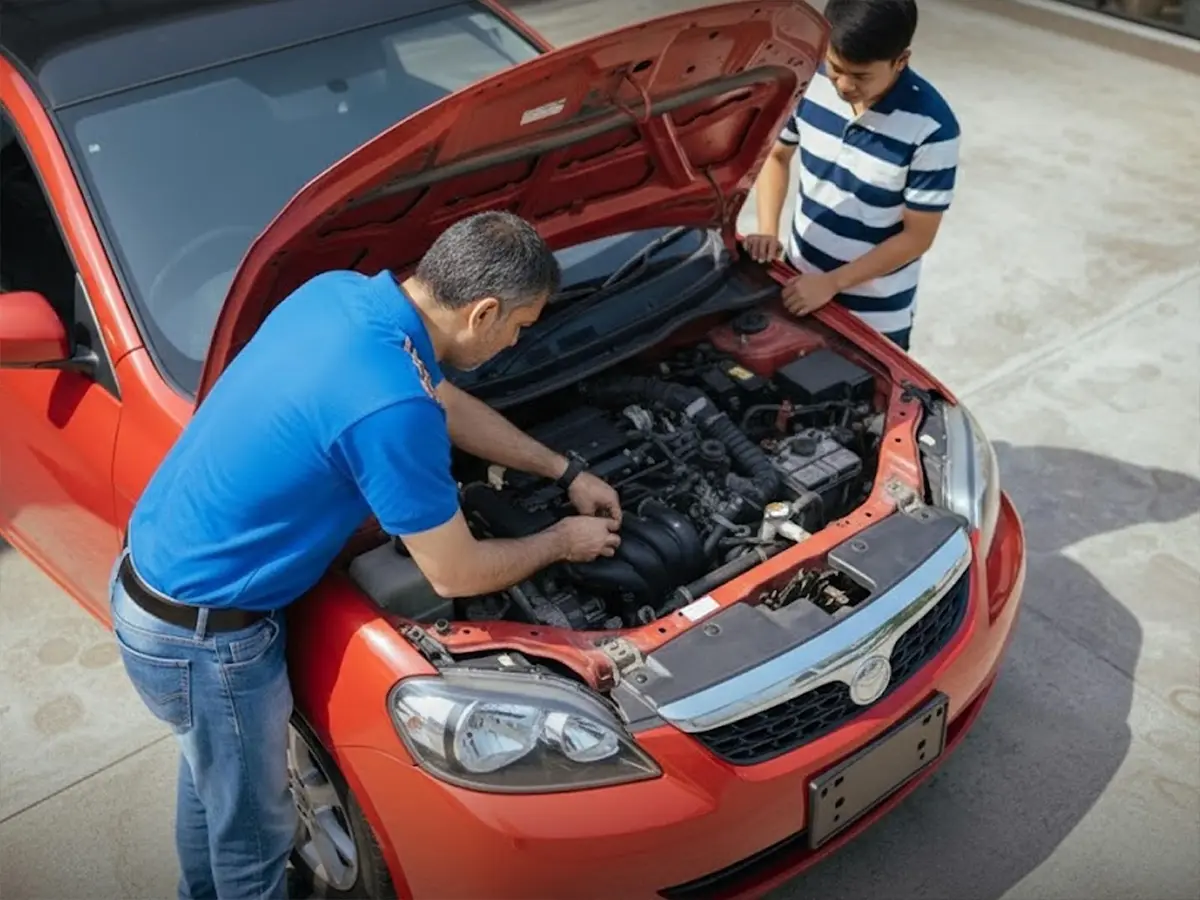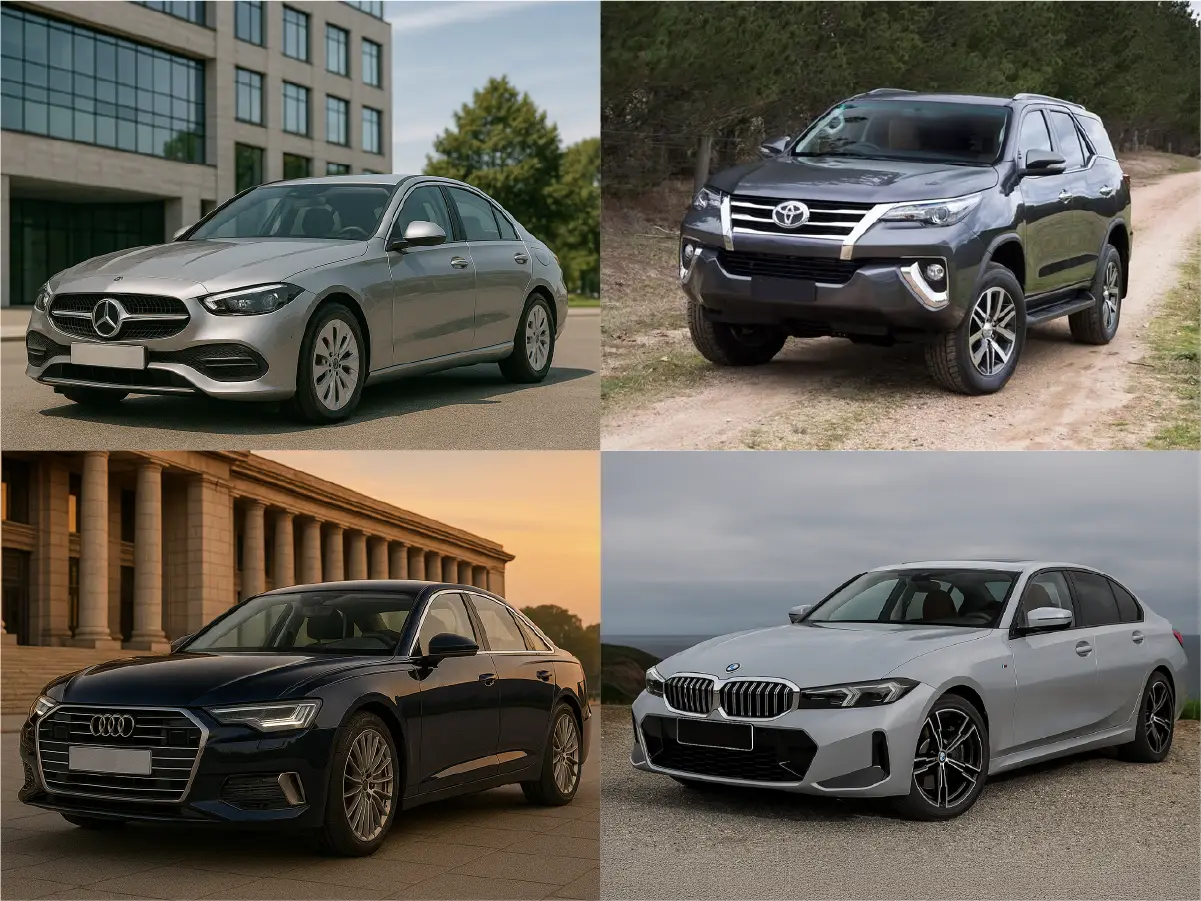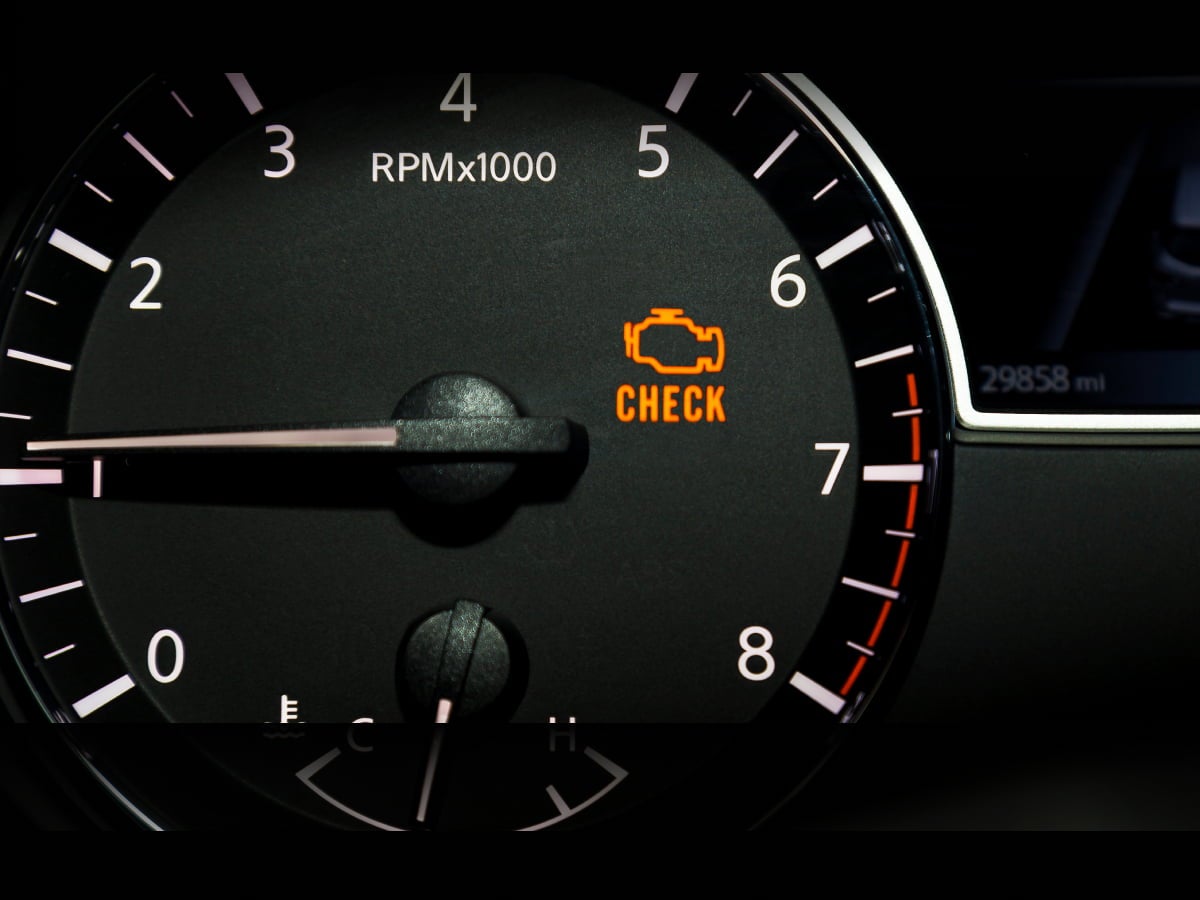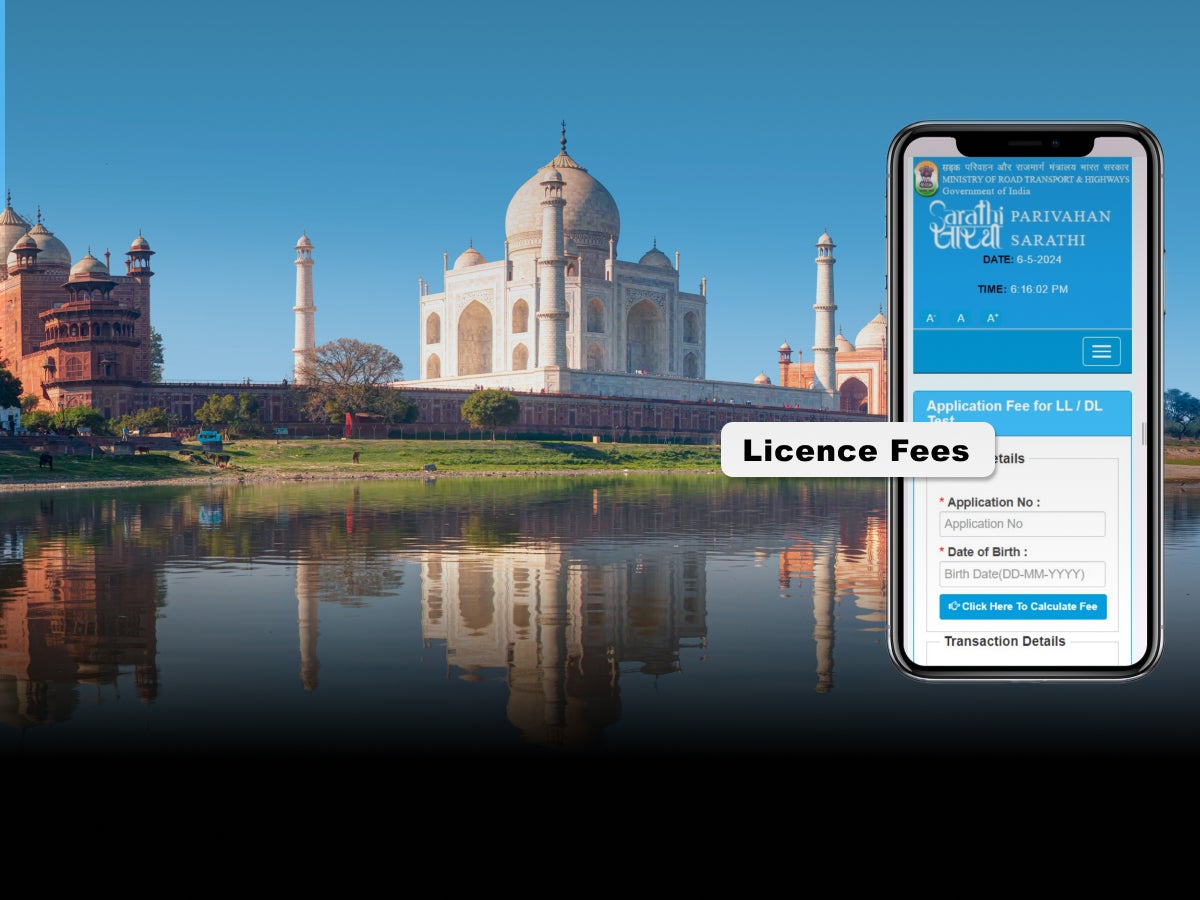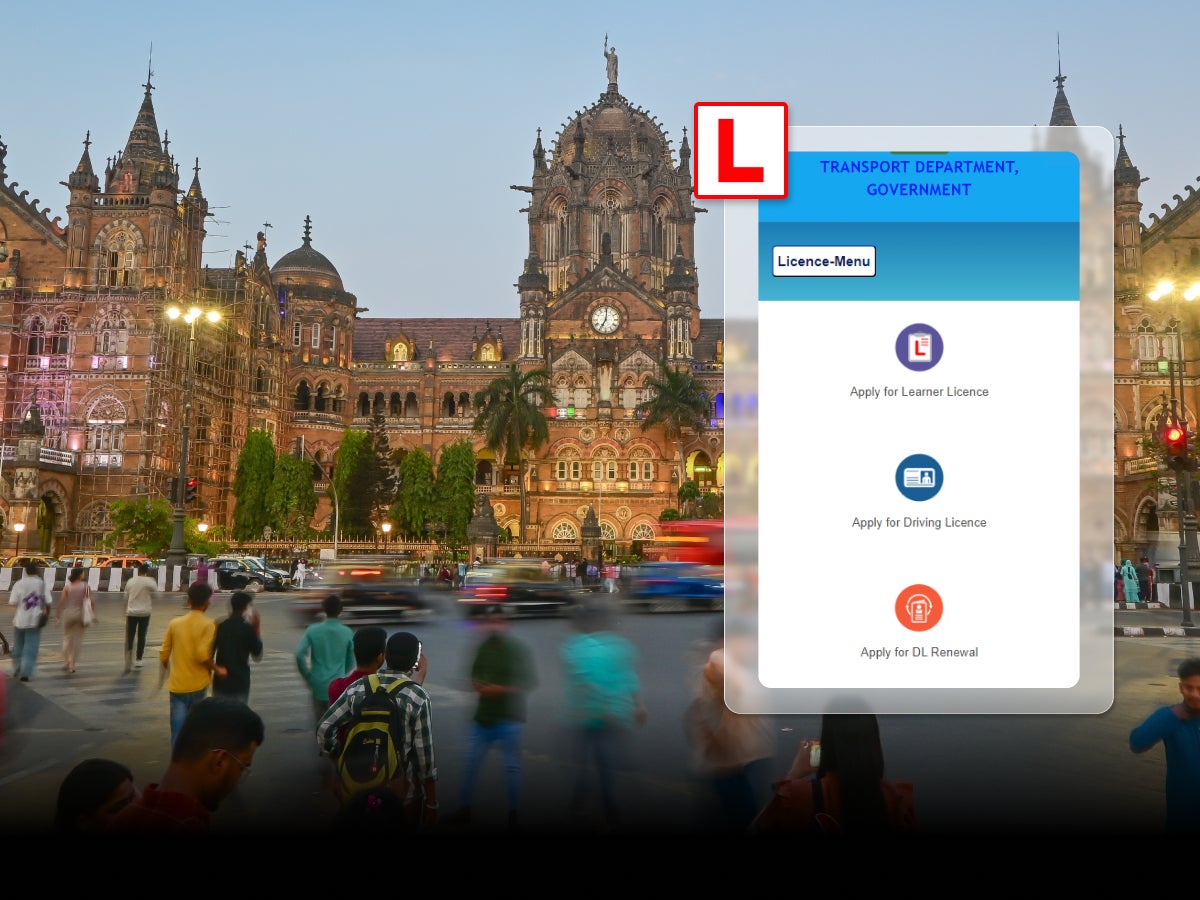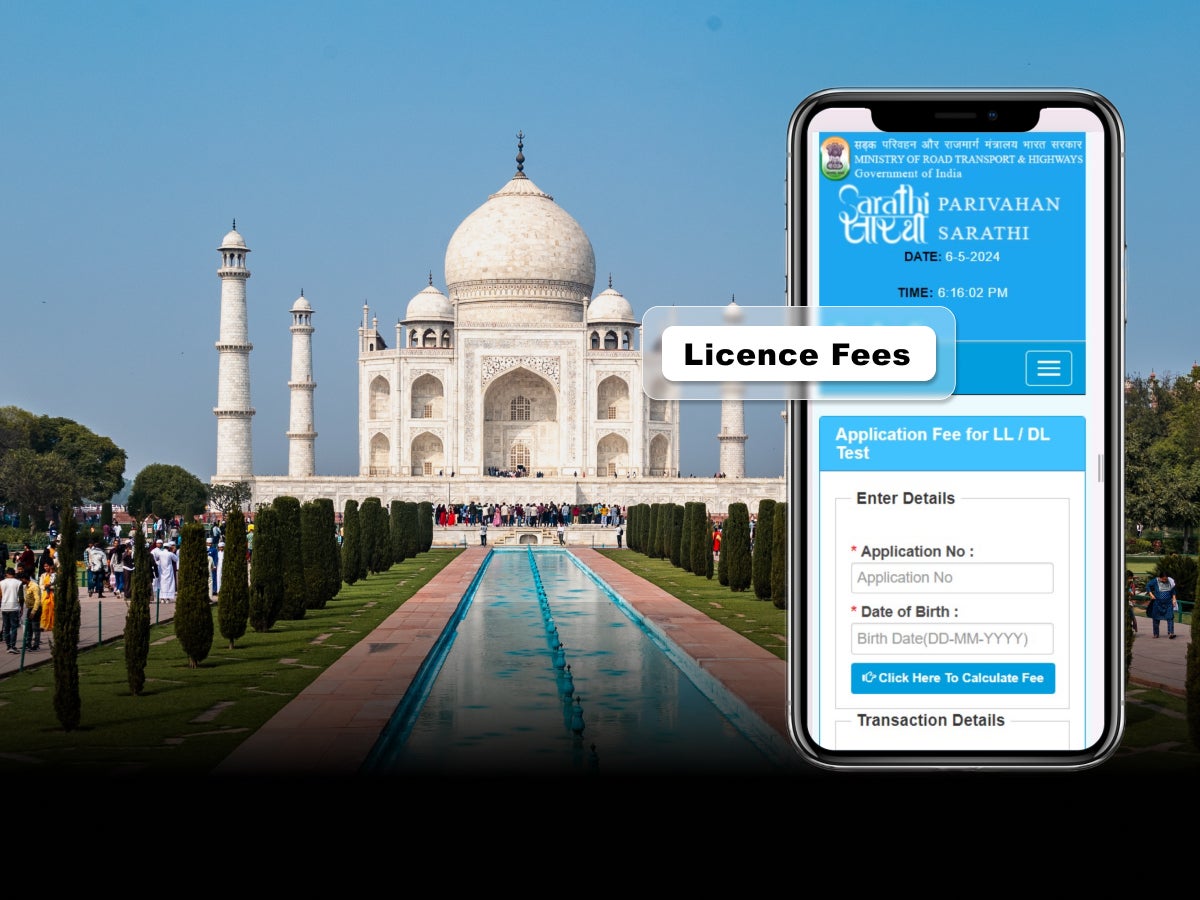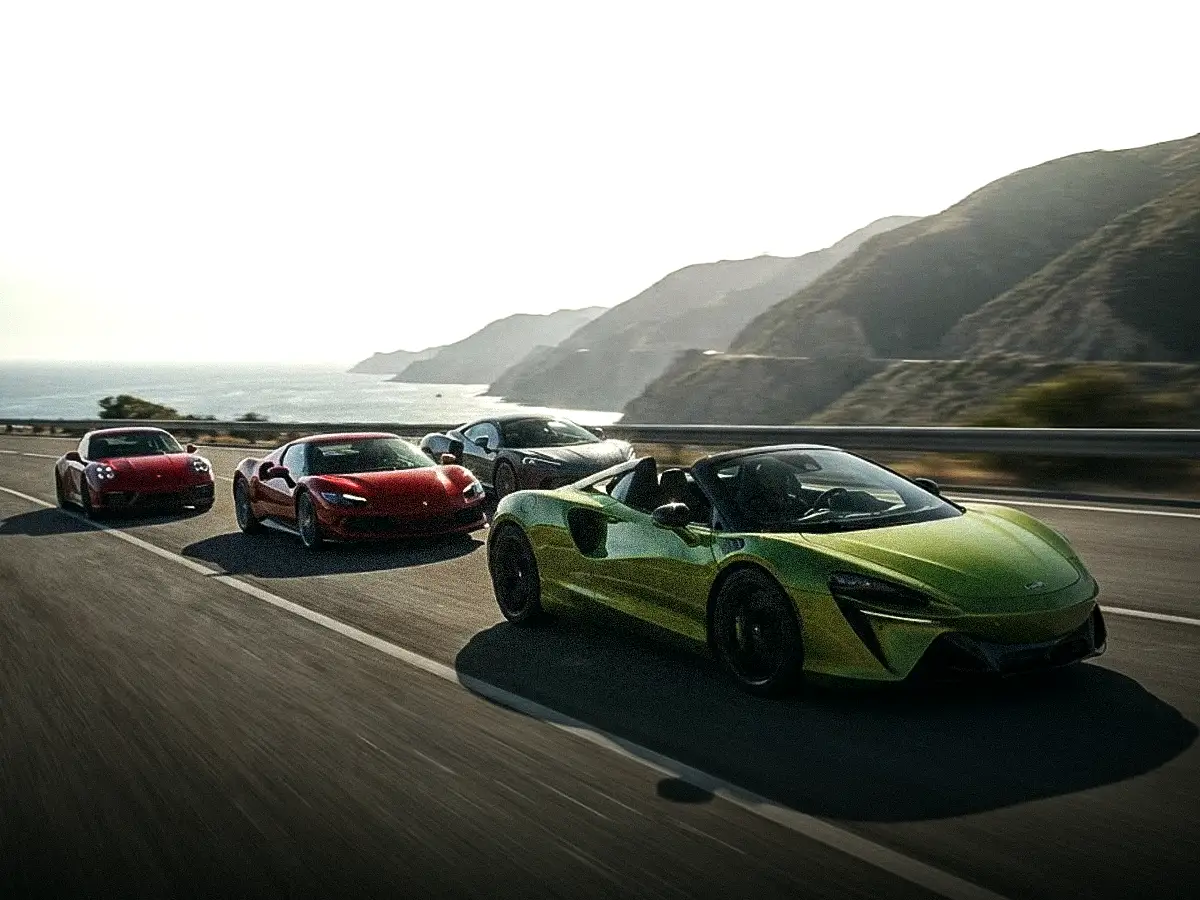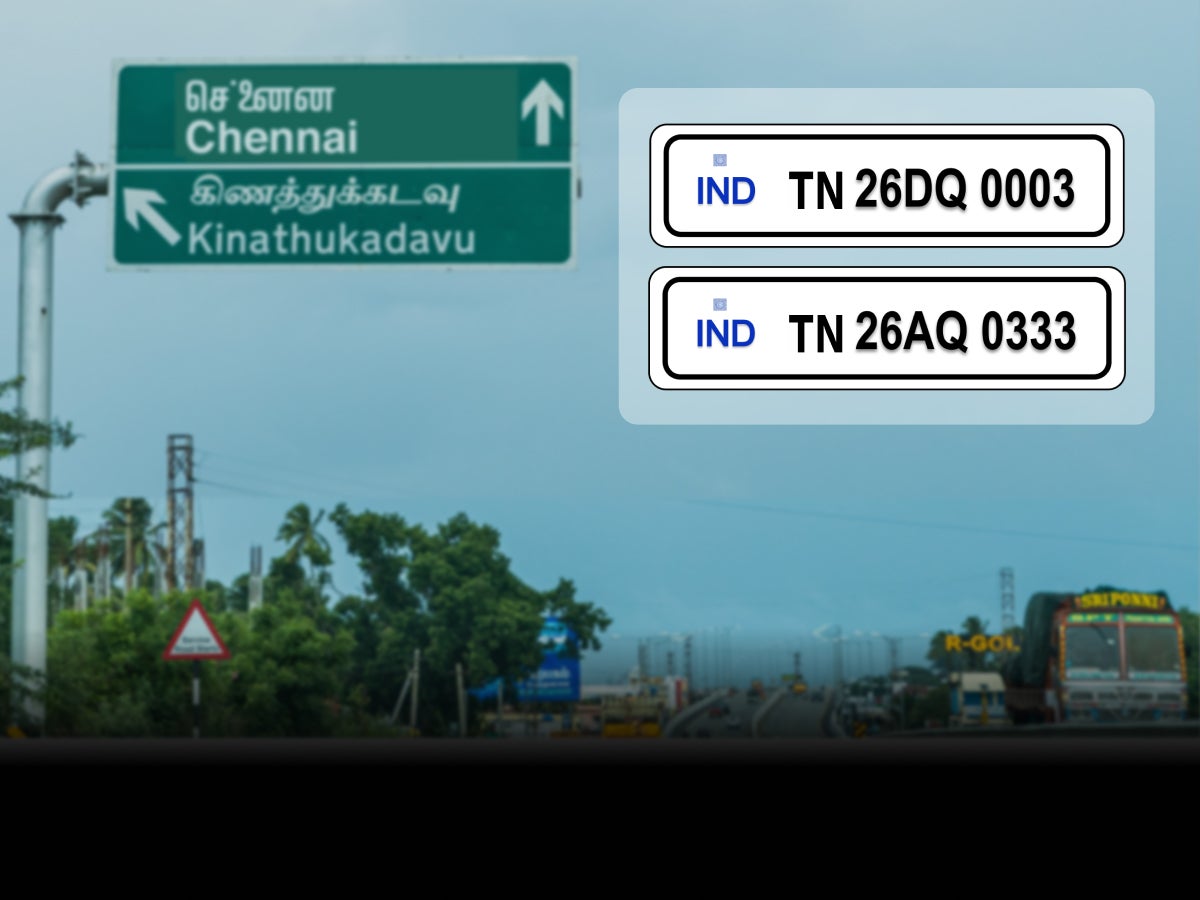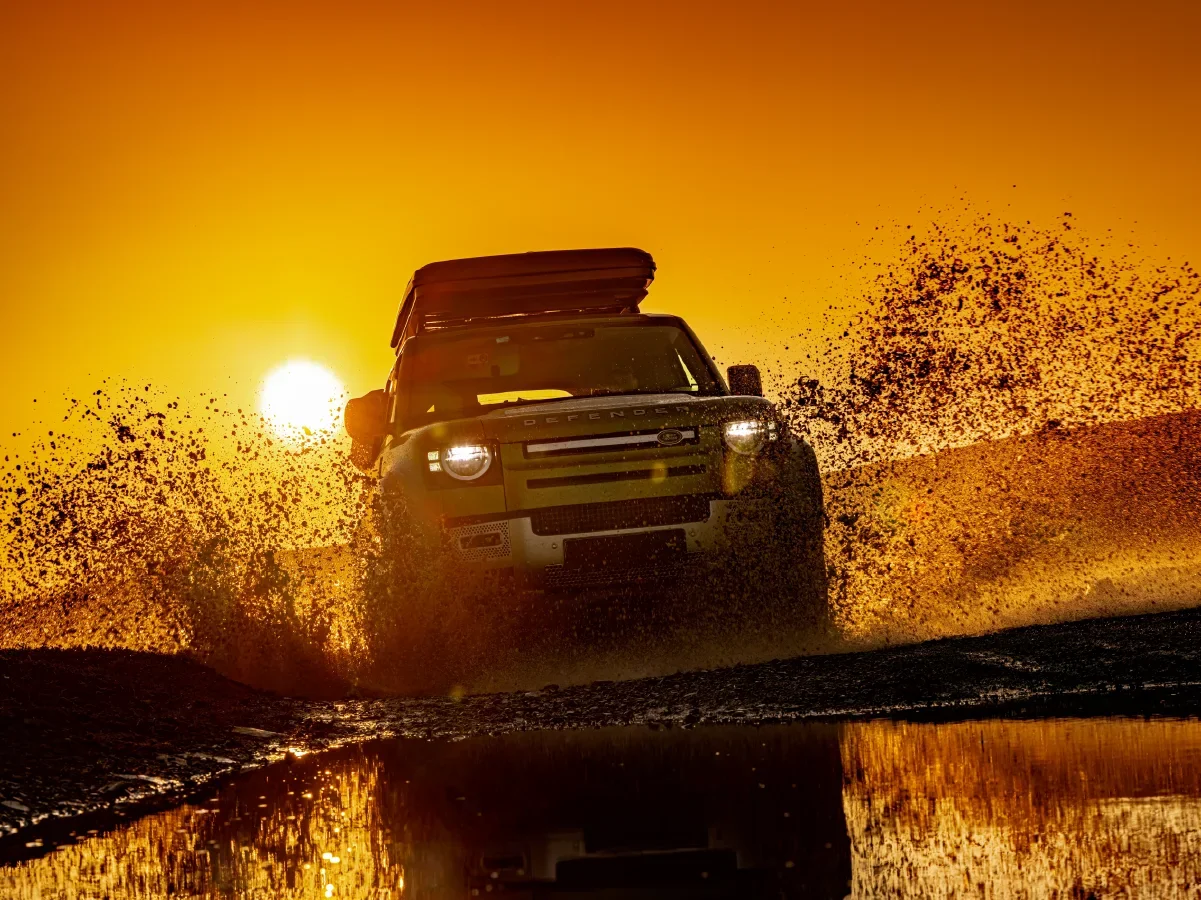

AWD vs 4WD: Which One Is Better for You?
- 1All-Wheel Drive (AWD) is better suited for daily driving and light off-road use
- 2Four-Wheel Drive (4WD) offers superior off-road capability and rugged durability
- 3AWD vs 4WD choice depends on terrain, vehicle use, and driver priorities
AWD vs 4WD is one of the most common comparisons when it comes to drivetrain choices among SUVs. These drivetrain systems affect how your car handles terrain, performs in slippery conditions, and behaves in emergency situations. Both systems deliver power to all four wheels, but how and when they do it makes a big difference.
AWD is often seen in crossover SUVs designed for urban usage and mild off-road driving conditions. They’re also effective in tricky conditions like regions which see snow and ice in the winters. 4WD, on the other hand, is the go-to for hardcore off-roaders and utility vehicles that dare to go where a two-wheel drive (2WD, i.e most other cars) won’t even think about. You may be shopping for a new SUV, exploring second hand SUVs, or simply trying to understand your own vehicle better, knowing the difference between the two drivetrains is essential. Let’s break down the mechanics, benefits, and real-world use cases of AWD vs 4WD, so you can decide what works best for your lifestyle and driving conditions.
What Is All-Wheel Drive (AWD)?

All-Wheel Drive systems are more commonly referred to as AWD. These systems automatically send power to all four wheels, either all the time, usually denoted by manufacturers as a full-time AWD system, or electronically and automatically selected by the car’s onboard computer when needed. The goal of using an AWD system is to offer better grip on varying road surfaces without the driver having to do anything manually.
These systems use sensors and electronics to monitor traction and shift power between the two sets of wheels accordingly. Most AWD systems have a torque split between the front and rear set of wheels, and may be biased towards the rear wheels. A common torque split in an AWD system is 40:60 between front and rear wheels, where 40% of the power is sent to the front wheels while 60% is sent to the rear at all times. In cases where a loss of traction is detected by the onboard computer due to wheelspin, torque split is adjusted to favour the wheels with more traction. Also referred to as torque vectoring, the torque split can be biased towards the front wheels or rear wheels, with power divided as 30:70 or 80:20 or any other suitable split combination. Some of the best supercars and sports SUVs feature AWD tech and torque vectoring.
This system isn’t restricted to just SUVs, and AWD system applications are also seen in some performance sedans and the best sports cars to enhance grip and traction levels. Think of an AWD system as a method of enhancing traction in sports and supercars that produce a lot of power, and the need to put all that power down onto the road more effectively. Audi’s quattro all-wheel drive system is a very popular example of AWD application in high-performance cars.
Common AWD Features:
- Full-time or on-demand operation.
- Electronic centre differentials or couplings.
- Best suited for slippery roads and light trails.
- Found in most crossovers, performance sedans, sports and high-performance cars.
Advantages of AWD:
- Enhanced stability in rain, snow, or loose gravel.
- No need for driver input to engage the system.
- Improves safety in unpredictable conditions.
- More refined for everyday driving.
Disadvantages of AWD:
- Adds weight and complexity.
- Slightly lower fuel efficiency than 2WD models.
- More expensive to repair or replace.
- AWD cars and SUVs may be more prone to understeer than a 2WD vehicle.
What Is Four-Wheel Drive (4WD)?
Four-Wheel Drive systems, more commonly known as 4WD or “4x4,” are purpose-built for tackling tough terrains and off-road challenges. Unlike AWD, which is more about convenience and seamless traction, 4WD systems are engineered for extreme durability and focus on driver control across the most unforgiving surfaces, be it rocky trails, sand dunes, riverbeds, or thick snow. These systems are traditionally found in body-on-frame SUVs and pickup trucks, where durability is a priority and the terrain requires an even split of torque between the front and rear set of wheels.
A core difference lies in driver input that’s required by a 4WD system. In most 4WD setups, the driver must manually engage 4WD via an electronic switch or manual gear selector lever. The system then locks the front and rear axles to provide equal torque to all four wheels. Here, there is no electronically divided and variable torque split between the wheels. In low-traction environments where wheelspin can leave an ordinary car stuck, selecting 4WD shifts 50% of the vehicle’s torque from the rear wheels to the front. Many 4WD vehicles also feature a low-range gearbox, which multiplies torque at low speeds to help with activities like rock crawling, steep hill climbs, or pulling heavy loads. Thus many electronic and manual 4WD selectors will feature a “4L” to engage the low ratio gearbox.
A great example is the Mahindra Thar, India’s most popular lifestyle off-roader. It features a part-time 4WD system with a mechanical shift lever and low-range transfer case. This setup allows drivers to toggle between 2H (2-wheel drive), 4H (4-wheel drive high), and 4L (4-wheel drive low) depending on the terrain. The Force Gurkha is another rugged Indian SUV designed for serious off-roaders and features a similar setup along with the Maruti Suzuki Jimny. Even the Toyota Fortuner in its 4x4 variant comes with a dedicated low-range mode and electronic differential lock, making it well-suited for hill climbs, river crossings, and slippery jungle trails.
Common 4WD Features:
- Part-time or full-time operation with driver selectable modes.
- Transfer case for high and low gear ranges.
- Locking differentials for improved traction.
Mostly found in SUVs and pickup trucks.
Advantages of 4WD:
- Superior off-road capability.
- Can handle extreme terrains like mud, snow, rocks etc.
- Often equipped with a body-on-frame SUV chassis.
Customisable with aftermarket accessories.
Disadvantages of 4WD:
- Heavier and less fuel-efficient.
- Requires driver engagement in most cases.
- More expensive and complex maintenance.
Overkill for city, urban and highway use.
AWD vs 4WD: Technical Comparison
| Feature | AWD | 4WD |
| Drivetrain Type | Full-time or on-demand | Part-time or selectable |
| Control | Automatic | Manual (mostly) |
| Terrain Suitability | Light off-road, slippery roads | Harsh terrains, off-road trails |
| Components | Centre differential, sensors | Transfer case, locking diffs |
| Fuel Efficiency | Moderate | Low |
| Common Vehicles | Crossovers, performance sedans, high-performance cars | SUVs, pick-up trucks |
| Cost to Maintain | Moderate to high | High |
| Driving Comfort | Smooth, user-friendly | Rugged, less refined |
When an AWD System Makes Sense
AWD is ideal for people who spend most of their time on paved roads but occasionally face poor weather or rough terrain. Think adventure travellers who like going off the beaten path and let the car or SUV handle the terrain automatically. If you’re navigating rain-soaked streets, gravel roads, or even the odd trail during a weekend getaway, your luxury sedan or SUV with AWD gives added confidence without compromising everyday comfort. Some of the fastest cars in India feature AWD drivetrains.
Who Should Opt For AWD:
- Urban commuters who like a bit of adventure over the weekends.
- Residents in snowy or heavy monsoon regions.
- Long-distance travellers who require added grip due to uncertain surface conditions.
AWD is also popular in performance cars and sporty SUVs where managing traction helps deliver power smoothly. In pre-owned cars, AWD-equipped crossovers like the Mercedes-Benz GLA or used BMW X1 often sell well due to their balanced capabilities. Look for the 4MATIC badge for Mercedes and xDrive for BMW as their individual AWD nomenclatures. There are also options like used Mahindra XUV700 cars that offer AWD at lower price points.
When 4WD Is the Right Choice
4WD is designed for serious off-roading. Whether you’re into overlanding, dune-bashing, or need to tow heavy loads on uneven ground, 4WD systems provide the traction you need on the most challenging of off-road terrains. With the option to switch into low-range gears, they offer control and torque where AWD may not be able to compete.
Who Should Opt For 4WD:
- Adventure junkies and overlanders who tackle dedicated off-road terrains in the mountains, forests, or deserts.
- Commercial users who are required to haul heavy loads in rough areas or use pick-up trucks for similar duties.
- Rural drivers operating on poor or unpaved roads.
- Hardcore off-road enthusiasts competing in events.
Used SUV buyers looking for that “4x4” badge can opt for models like the Toyota Fortuner, Mahindra Thar, Mahindra Scorpio or Ford Endeavour, that retain strong resale value because of their rugged utility and enthusiast appeal.
AWD vs 4WD in Indian Conditions
India’s road diversity makes both AWD and 4WD vehicles viable choices, depending on region and use. In hilly areas like Himachal, Uttarakhand, or the North-East states, AWD-equipped vehicles offer peace of mind during rains and light snow. In contrast, 4WD vehicles are essential in remote off-road regions like Spiti, Ladakh, the Rann of Kutch or the deserts of Rajasthan.
If your driving mix includes both highway commutes, light trail outings, or you fancy an occasional dune bashing session, AWD can be the smarter choice. For those with dedicated off-road ambitions or ones encountering challenging terrain on a regular basis, 4WD vehicles reigns supreme.
AWD vs 4WD Maintenance and Costs
AWD systems are complex due to the constant sensor monitoring and electronics involved. This can lead to higher service bills. However, 4WD vehicles tend to have even higher running costs, especially if used frequently in rough conditions. Drivetrain components like the transfer case and differentials require specialised fluids and checks, while high off-road use can cause physical drivetrain damage too.
Long-Term Considerations:
- AWD systems are expensive but rarely abused.
- 4WD can take more punishment, but parts wear quicker.
- Tyre replacement costs are high for both.
- Fuel costs are higher due to added drivetrain drag.
For used car buyers, always inspect the service history and check for signs of drivetrain abuse or neglect.
Is AWD or 4WD Safer?
Both systems can enhance safety, but they don’t replace safe driving practices. AWD is more likely to prevent slippage during regular driving conditions. It reacts quicker and is always ready. 4WD systems excel in extreme conditions but require proper use. Engaging 4WD on dry tarmac and at high speeds can cause drivetrain stress and lead to a loss of control.
Neither system helps with braking or cornering on slick roads unless paired with good tyres and driver skill. For most users, AWD offers more day-to-day safety while 4WD is more of a situational tool. Some of the safest SUVs in India are available with either of the drivetrain technologies.
AWD vs 4WD: Which One Should You Buy?
Buy an AWD vehicle if:
- You drive mostly in the city or on highways.
- You occasionally deal with rain, snow, or mild trails.
- You want better grip and safety without complexity.
Buy a 4WD vehicle if:
- You frequently go off-road or into remote areas.
- You want maximum traction and toughness.
You’re willing to pay for added performance and durability.
Conclusion
Choosing between AWD vs 4WD isn’t about which is better universally but what’s better for you. AWD systems offer convenience, improved grip, and peace of mind for daily use. 4WD systems, while more demanding, open the door to serious off-roading and are engineered for punishment. When you’re exploring used SUVs, be it for areas with challenging weather conditions or for weekend getaways, understand your driving needs first. Match the system to your lifestyle, not just your Instagram feed. Both drivetrains have come a long way and offer incredible tech. But the key is to pick what suits your terrain and how you intend to use your car on it.




